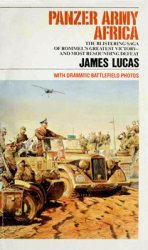Pisanello’s drawings of the Emperor, made during his visit to Rome in 1438, include detailed studies of Byzantine horses, on which this figure is based. As can be clearly seen, the harness was very Eastern in style by this date, with short stirrups of Asiatic design and a shallow saddle well-suited to the Turkish style of fighting which the Byzantines had by now adopted (see notes to figure 55). One other interesting detail is found in the horse’s slit nostrils, a Turkish practice designed to enable horses to breathe more freely ‘in the severe and long-continued exertion of their speed’; the practice remained prevalent in some countries right up to the present century, being recorded in Turkestan as late as 1926.
In the 14th century at least the older style of harness with longer stirrups described in Armies and Enemies of the Crusades still persisted, though the horses were now almost certainly exclusively Turkish and Thessalian in origin. The value placed on some Turkish horses is apparent from an anecdote in Sphrantzes’ chronicle, where he relates how the ‘excellent horse’ killed under him before Patras had originally been presented by Sultan Murad II to Isaac Asan, a high-ranking Greco-Bulgarian nobleman.
Horse-armour may also still have been in limited use in the 14th century, lamellar bards of a similar type to that depicted in Armies of the Dark Ages (figure 144) being worn by the Emperor’s horse and that of one of his aides in a scene of the mid-14th century ‘Romance of Alexander the Great’ ms. mentioned under figure 51 above. However, it should be noted that only these two horses are shown armoured in the entire ms., compared to hundreds unarmoured.




 World History
World History









